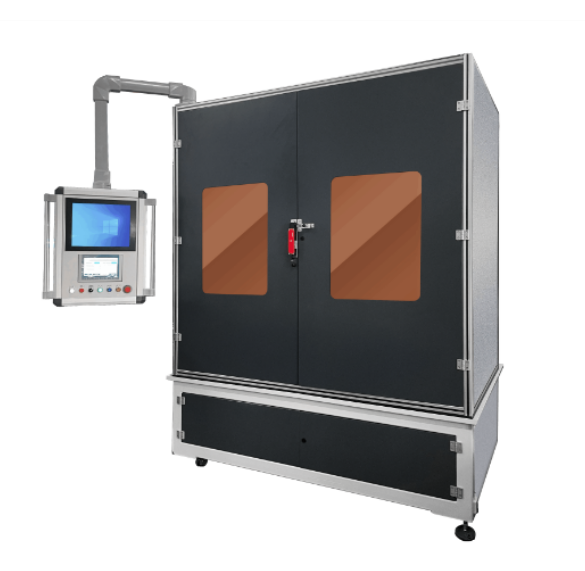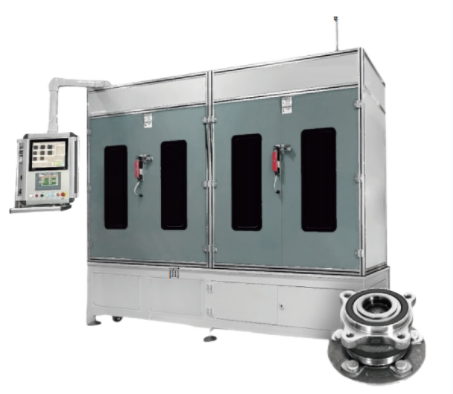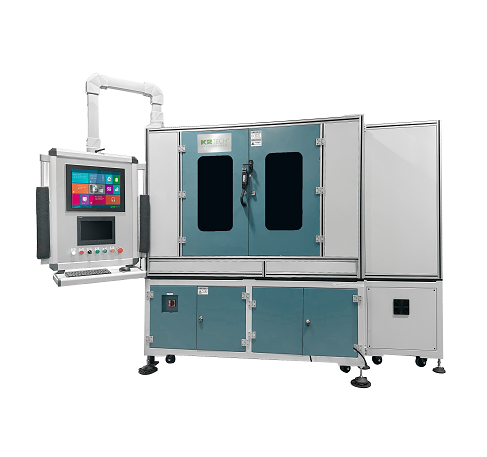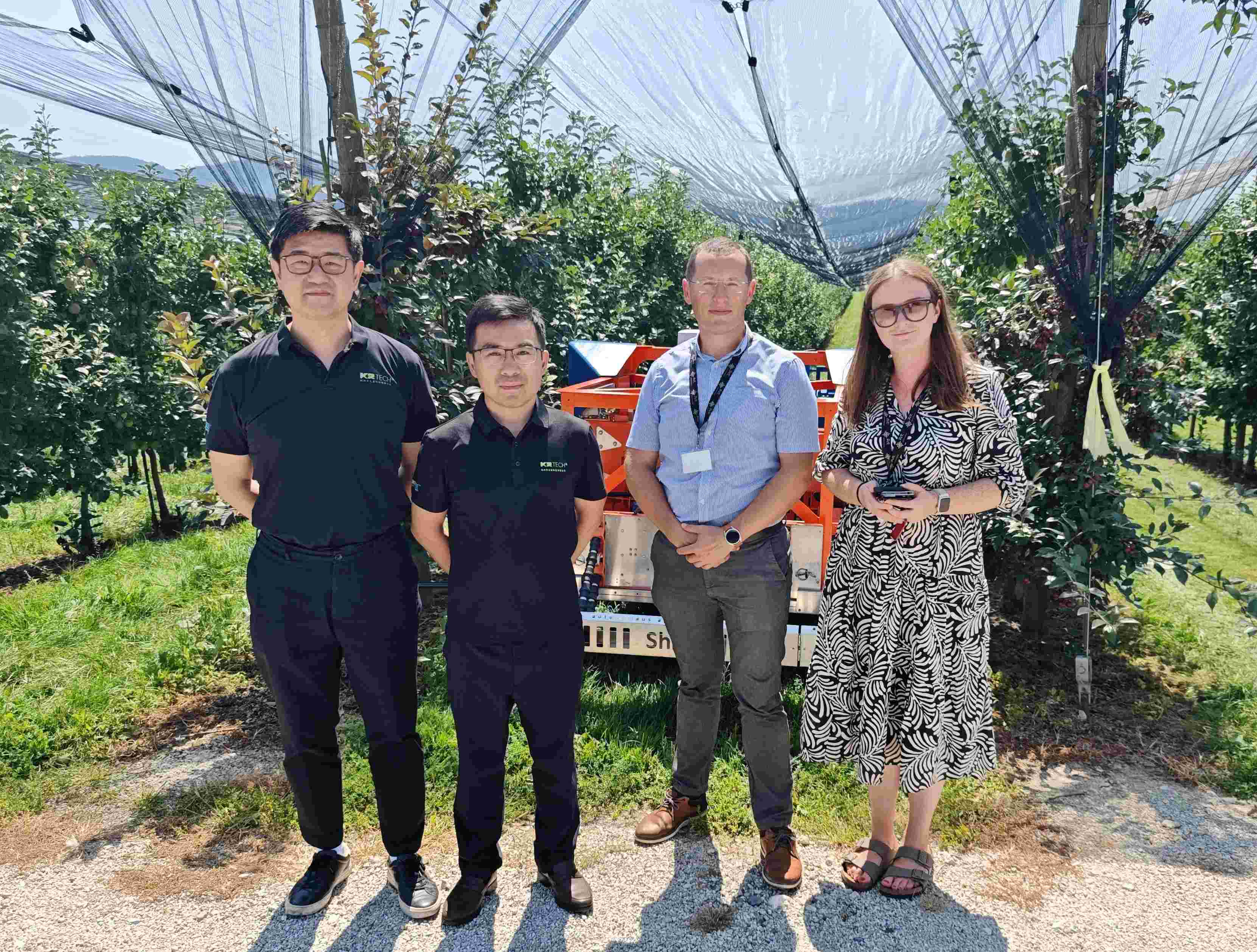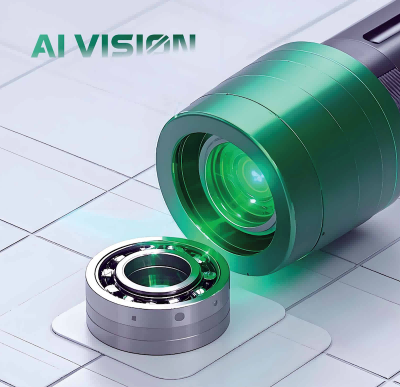Today, machine vision technology has not only been successfully applied to other fields, but also its application range is gradually expanding. From the beginning of the electronics manufacturing and semiconductor manufacturing enterprises, has evolved to packaging, automotive, transportation and printing and other industries.
The current machine vision technology has infiltrated our daily lives, from the mobile phone facial APP face recognition, face album classification, Alipay face recognition authentication, lockers face recognition, and industrial robots accurately grasp the object Take, logistics robot obstacle avoidance, etc. are the use of computer vision technology.
According to a report from Dublin on June 22, Business Wire"s global market for machine vision is rapidly growing and is expected to have a market capitalization of more than 19.2 billion U.S. dollars by the end of 2025. Today, machine vision technology has not only been successfully applied to other fields, but also its application range is gradually expanding. From the beginning of the electronics manufacturing and semiconductor manufacturing enterprises, has evolved to packaging, automotive, transportation and printing and other industries.
Machine vision systems are characterized by increased flexibility and automation of production. Use in some dangerous working conditions or artificial vision is difficult to meet the requirements of the occasion; In addition, in high volume industrial production process, the machine vision inspection can greatly improve the production efficiency and production automation.
As machine vision costs continue to drop, more options, more powerful hardware and smarter algorithms emerge, and the IoT connects all devices, machine vision will be a great data-gathering tool.
The image processing equipment completes the process of capturing, acquiring, and exchanging data, which can be transmitted to the value chain and trigger more intelligent behaviors during the interconnection process. For example, testing the wear status of production equipment, maintaining factory facilities, reminding managers to order production parts in advance, and more. In the future, the size of each component of vision system equipment will be smaller and the speed, accuracy and resolution will be significantly increased. As a result, penetration will also rapidly increase in a few years.
Although network systems are the foundation of a smart factory in the future, success depends on data collection, processing and analysis capabilities, and machine vision can come in handy. Machine vision can quickly obtain a lot of information, and automatic processing. Therefore, in the process of automated production, machine vision systems are widely used in the field of condition monitoring, finished product inspection and quality control.
IHS predicts that by 2019, the number of industrial mobile applications will grow fourfold to reach 200 million U.S. dollars, including mobile phone / tablet computer monitoring and visualization, workflow management, maintenance of machinery and integration of systems. Managers can monitor the machine vision system from their smartphones, wherever they are, and adapt quickly to application and software notifications.
Smart factories will be the future trend of development. Machines inside smart factories can be cost-effective by using self-optimizing, self-configuring, and artificial intelligence (AI) to accomplish complex tasks. Second, improving the quality of products and services.
And once used, machine vision technology becomes the heart of a smart factory, and features built on the communications network and intelligent information organization make it the "eye" of a factory, giving the robot the flexibility to control the production process and thereby reduce Human error caused by the loss.
The machine vision industry will also gradually integrate with embedded computer vision (ECV), and with the introduction of inexpensive embedded image processors in industrial environments, new integrated automation solutions are expected, such as robotic arms with multiple embedded imagers.
Currently on the market, the first few major machine vision interfaces CameraLink, CameraLinkHS, CoaXPress, GigEVision and USB3Vision. GenICam provides all camera general program interfaces, regardless of hardware interface technology.
However, with the further research of machine vision software, the technical requirements are getting higher and higher. Currently, the machine vision system in the market is hard to meet the needs of the industry due to the difficulties in development, use and sales.
At present, the rapid development of visual technology in global users still lacks matching cognition, and the development of the industry inevitably faces challenges. In addition, the system-dependent integrated circuits are rather complex and pose a problem for manufacturers, which limits the more stable market growth. Of course, there is also a promising side. The growing manufacturing industry in the Asia Pacific region is drawing more and more attention on machine vision-related research activities. Expenditures on the project are expected to stimulate the technology"s growth in the Asia-Pacific market and further global market components Variety. As for the application of machine vision in the field of robots, it is tomorrow"s yellow flowers or short-lived, all worth our expectations.
 Machine Vision
Machine Vision Bearing
Bearing AOI Machine for Roller Appearance Defects(Choyo-R41) AOI Machine for Needle Roller Appearance Defects(Choyo-R21) AOI Robot for Big Roller Appearance Defects AOI Robot for SRB Bearings Appearance Defects AOI Robot for Big Roller Appearance Defects AOI MACHINE FOR Wheel Hub Bearing Appearance Defects AOI Machine for Bearing Ring Appearance Defects AOI Machine for Sealing Ring Appearance Defects AOI Machine for Bearing Dust Shield Appearance Defects AOI Machine for Bearing Appearance Defects Automatic Feeding Machine for Bearing Rollers Automatic Oiling Machine for Bearing Rollers Automatic Washing & Drying Machine for Bearing Rollers AOI ROBOT FOR BALL BEARING APPEARANCE DEFECTS
AOI Machine for Roller Appearance Defects(Choyo-R41) AOI Machine for Needle Roller Appearance Defects(Choyo-R21) AOI Robot for Big Roller Appearance Defects AOI Robot for SRB Bearings Appearance Defects AOI Robot for Big Roller Appearance Defects AOI MACHINE FOR Wheel Hub Bearing Appearance Defects AOI Machine for Bearing Ring Appearance Defects AOI Machine for Sealing Ring Appearance Defects AOI Machine for Bearing Dust Shield Appearance Defects AOI Machine for Bearing Appearance Defects Automatic Feeding Machine for Bearing Rollers Automatic Oiling Machine for Bearing Rollers Automatic Washing & Drying Machine for Bearing Rollers AOI ROBOT FOR BALL BEARING APPEARANCE DEFECTS














